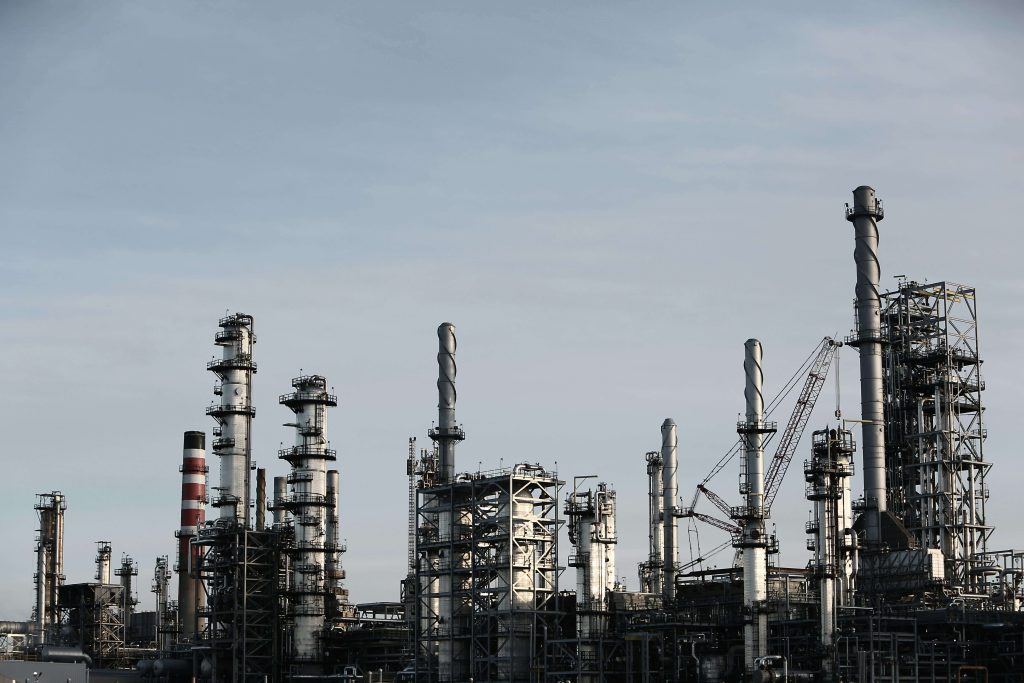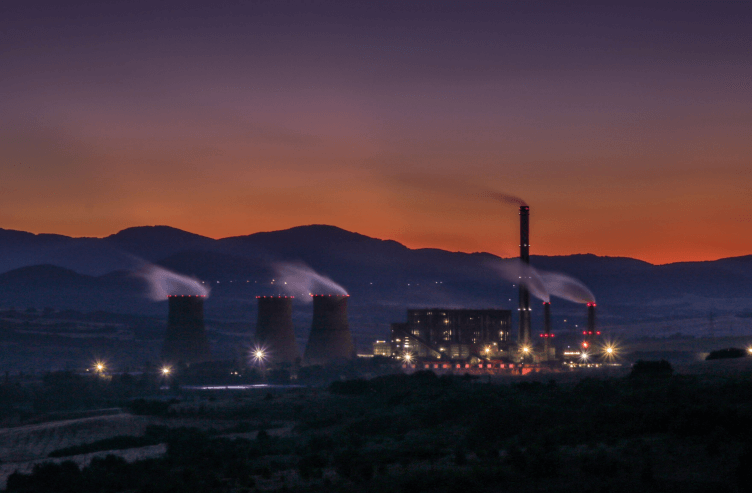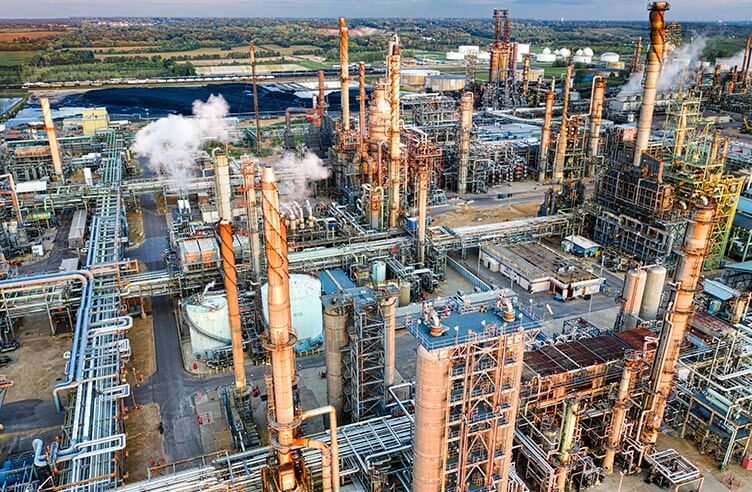Industrial Low-NOx Burners: A Green Revolution in the Petrochemical Industry

Against the backdrop of the "Dual Carbon" goals, the petrochemical industry, as a major consumer of energy and a significant source of carbon emissions, faces tremendous pressure to reduce emissions. Industrial low-NOx burners, as an efficient and clean combustion technology, are becoming a powerful tool for the green transformation of the petrochemical industry.
1. Why Does the Petrochemical Industry Need Low-NOx Burners?
Traditional burners are widely used in petrochemical production, but they generate large amounts of nitrogen oxides (NOx) during combustion, which are major pollutants contributing to acid rain and photochemical smog. With increasingly stringent environmental regulations, petrochemical companies urgently need a combustion technology that can effectively reduce NOx emissions.
2. How Do Industrial Low-NOx Burners Achieve Low NOx Emissions?
Industrial low-NOx burners employ the following technical measures to effectively reduce NOx emissions:
- Staged Combustion: Fuel and air are introduced into the combustion chamber in stages, controlling combustion temperature and oxygen concentration to inhibit NOx formation.
- Flue Gas Recirculation: A portion of low-temperature flue gas is recirculated into the combustion chamber, lowering the combustion temperature and reducing NOx generation.
- Premixed Combustion: Fuel and air are premixed to form a uniform combustible mixture, enabling efficient and clean combustion.
- Catalytic Combustion: Catalysts are used to lower the reaction activation energy, allowing complete combustion of fuel at lower temperatures and reducing NOx formation.
3. Applications of Industrial Low-NOx Burners in the Petrochemical Industry
Industrial low-NOx burners can be widely applied to various heating equipment in the petrochemical industry, such as:
- Tube Heaters: Used in processes like crude oil distillation, catalytic cracking, and reforming.
- Steam Boilers: Provide steam power for petrochemical facilities.
- Hot Air Furnaces: Supply heat for drying and other processes.
4. Advantages of Industrial Low-NOx Burners
- Low NOx Emissions: NOx emission concentrations can be reduced to below 30mg/m³, meeting the most stringent environmental standards.
- High Efficiency and Energy Savings: Improved combustion efficiency reduces fuel consumption.
- Stable and Reliable Operation: Ensures consistent performance with easy maintenance.
- Economic Benefits: Reduces environmental penalties and lowers operating costs.
5. Future Development Trends
With continuous technological advancements, industrial low-NOx burners will evolve toward greater efficiency, cleanliness, and intelligence:
- Ultra-Low NOx Combustion Technology: Further reduce NOx emission concentrations to near-zero levels.
- Intelligent Control: Utilize artificial intelligence for precise control and optimization of combustion processes.
- Multi-Fuel Adaptability: Enhance energy efficiency by accommodating various fuel types.
Industrial low-NOx burners are a crucial technological solution for the petrochemical industry to achieve green and low-carbon development. As environmental requirements become more stringent and technology continues to advance, industrial low-NOx burners will see even broader adoption in the petrochemical industry, contributing significantly to its sustainable development.




